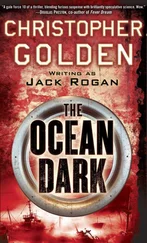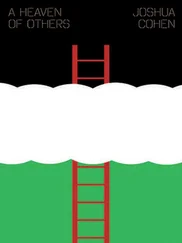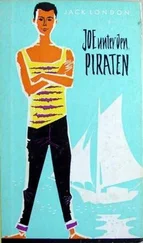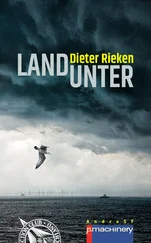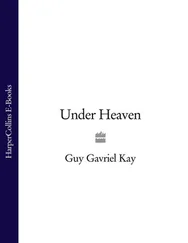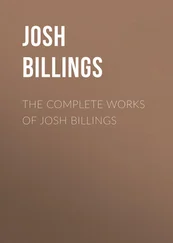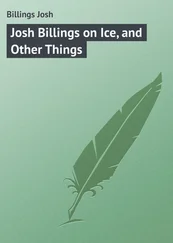In early December, on a trip to London, Trump was asked again about why the announcement of the Phase One deal seemed to be held up. This time, Trump indicated it might not happen at all. He played it off by saying he had “no deadline” for the trade talks and “in some ways I think it’s better to wait until after the election with China.” He continued to casually threaten to decouple the world’s largest economies using his self-proclaimed economic powers. Sitting next to Justin Trudeau in London, Trump commented, “I don’t want them to lose their supply chains, but if it happens, it happens.” He also claimed he didn’t watch the stock market, which was tanking due to his comments.
There was a firm reason the deal was not yet done. The sticking point for those two months was over whether China would receive substantial tariff relief up front. The US side wanted to freeze tariffs in place and delay any tariff relief until Phase Two of the deal could be finished, whereas the Chinese side insisted on substantial tariff rollbacks as part of Phase One. In early December, the US side largely conceded this point, removing the final obstacle.
On December 13, Lighthizer announced that the two negotiating teams had struck a deal. Jared Kushner had weighed in heavily in favor of the deal with Trump and Trump had accepted it. In the final weeks, Kushner reinvigorated his personal channel with Ambassador Cui Tiankai and they talked constantly. The announcement, which came two days before the next tariff deadline, promised that China had agreed to make broad structural reforms to its economy and purchase enormous amounts of US products.
Lighthizer later explained his personal belief that the success of the Phase One trade deal would be determined by whether “reformers” inside the Chinese system, like Liu He, won the internal struggle over the direction of China’s economic development. Lighthizer was convinced that if these reformers could be empowered, China might actually fulfill its promises to become more market-oriented and obey the rules of the international economic and trade system. “Whether there will be a Phase 2 depends on whether China complies with the terms of Phase 1 and whether it is willing to fundamentally change its model of state-run capitalism,” he wrote tater in Foreign Affairs. “Regardless, the policy in place today protects American jobs, blunts China’s unfair advantages, and minimizes the pain to U.S. exporters and consumers.”
Most of the tariffs remained in place under the Phase One deal. There would still be 25 percent tariffs on the first $250 billion worth of Chinese goods and 7.5 percent tariffs on the $120 billion worth of goods that were added in September (down from 15 percent). For the economic warriors like Peter Navarro, there could have been worse outcomes. The tariffs were being institutionalized. These tariffs, over time, would have the collateral effect of pushing the decoupling Navarro envisioned, simply by making the costs of doing business in China higher for US firms. Moreover, businesses could now make decisions to reduce their presence in China because the unpredictability was reduced and the tariffs would be here to stay. Even politically, if Trump lost, a new president would find it hard to just let all those tariffs go. They now represented long-term leverage that would give Beijing incentive to keep negotiating, and maybe even to live up to some of its commitments.
The criticism of the Phase One deal, however, was broad and swift. Democrats maintained that Trump had upended the world economy for scant gains. Superhawks criticized Trump for agreeing to promises of structural reforms that—again—would be nearly impossible to enforce down the line. The enforcement mechanism boiled down to Lighthizer, or his successor, being in charge of determining whether China was living up to its commitments. If the United States thought Beijing was in violation, it reserved the right to reimpose the sanctions. But of course, that would mean starting the trade war all over again.
Trump, having decided that an imperfect deal was better than no deal at all, leaned all the way into it. He invited Liu He and his team for a signing ceremony in January. Two days before the ceremony, Treasury announced it would no longer designate China as a currency manipulator. The trade war was over. Both sides claimed victory but neither really won.
Celebration Time
The January 15 signing ceremony for the Phase One deal in the East Room of the White House was a quintessentially Trumpian event. Ever a showman, the American president had invited a coterie of billionaires, lawmakers, senior officials, family members, and friends to be part of the day’s big event. By collecting powerful people to celebrate his accomplishment and presenting it as a group effort, he was giving them respect and validation while collecting both from them at the same time.
For about an hour, Trump called out the attendees at the event and thanked them for supporting him and for helping him secure the deal, whether they helped or not. In the front row sat Henry Kissinger, Stephen Schwarzman, Nelson Peltz, Adelson, Hank Greenberg, Michael Pillsbury, and others. Navarro was seated a few rows back. The Chinese delegation, led by Liu He, was featured prominently and given the full red-carpet treatment. Xi did not attend, but Trump thanked him and called him “a very, very good friend of mine.” He then praised Liu He as “a good friend of mine.” Then, one by one, Trump pointed to and set up applause lines for several other officials, including Pence, Mnuchin, Lighthizer, Kushner, Kudlow, and (for some reason) Ivanka.
Trump touted the Dow Jones’s record-setting numbers that day and sarcastically referred to the fact that the billionaires were more interested in their bottom line than the US-China relationship: “The market is up substantially today,” he said. “We have all these business leaders. I’m sure they don’t care.” Trump started ad-libbing, at one point teasing Ambassador Terry Branstad for being obsequious to the Chinese leadership. Trump told a story about how Branstad had asked Trump to tamp down his criticism of China before the election. “He just said, ‘Don’t say bad about China,’” Trump recalled. “So I had to rip up about half of my speech, right? And I said, ‘Why?’ And he said, ‘Well, we do a lot of business.’”
Trump teased the China hawks as well. He pointed to Navarro as the example of the opposite of Branstad. “Right, Peter? He’s a little different. We have all types. We have all types.” He then praised Wilbur Ross, Sonny Perdue, Elaine Chao, Kevin McCarthy, Sheldon and Miriam Adelson, Lou Dobbs, Kissinger, and Pillsbury.
When he got to Schwarzman, Trump joked about the fact that the deal is chock full of goodies for Wall Street firms. “A friend of mine, Steve Schwarzman, is here. Steve, I know you have no interest in this deal at all,” Trump joked. Schwarzman, Peltz, and Pillsbury actually conducted the postceremony press conference with reporters.
All the backslapping and happy banter was premature, to say the least. Trump and Xi had come together under a flag of truce, but they hadn’t agreed to much of substance—and if Trump didn’t make it through that fall’s election, they never would. The signing ceremony, however, had never really been about celebrating a real achievement. Rather, it was about putting on a good show for the American people.
Trump tipped his hand when, after finishing his comedy routine, he returned to his prepared remarks, which presented the deal as a campaign promise fulfilled. “In June of 2016, in the great state of Pennsylvania, I promised that I would use every lawful presidential power to protect Americans from unfair trade and unfair trade practices,” Trump said. “Unlike those who came before me, I kept my promise.”
Читать дальше


